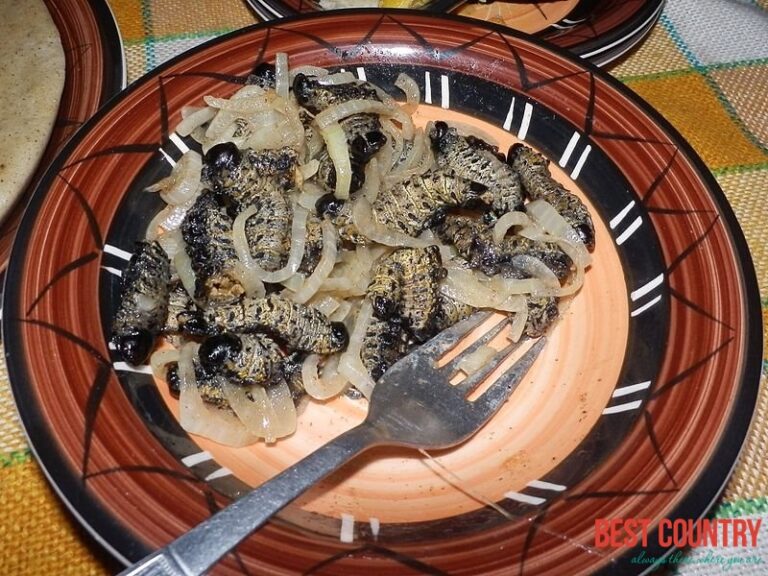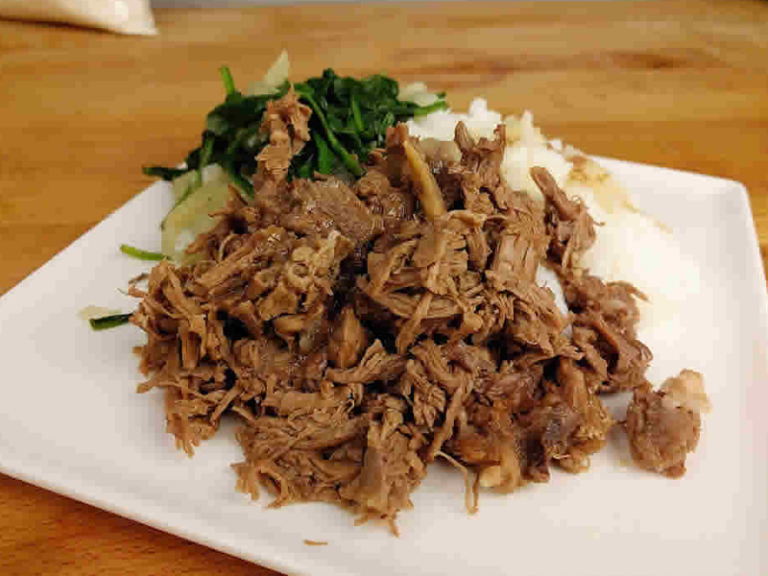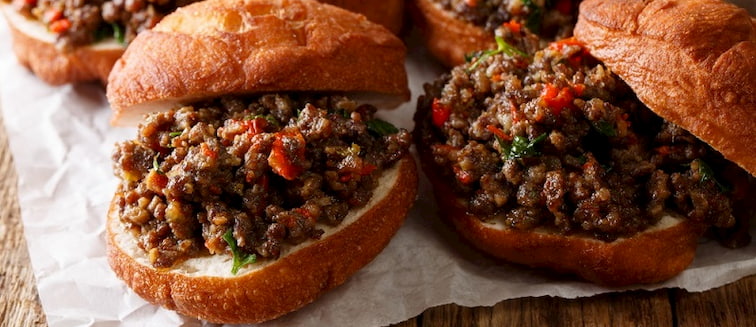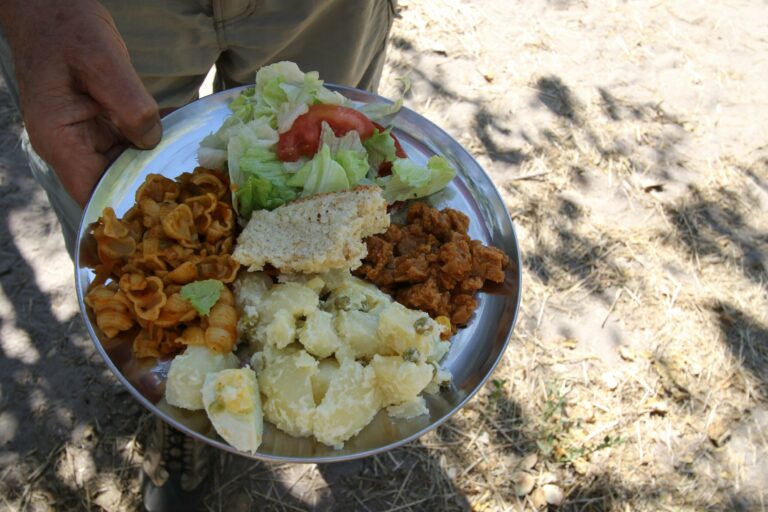Introduction: Vegetarianism in Botswana
Vegetarianism is a growing trend around the world, and Botswana is no exception. While the country is known for its meat-based dishes, there are still many vegetarian options available. Vegetarianism is often associated with religious or ethical beliefs, but it can also be a dietary choice for health reasons or environmental concerns.
Understanding the Botswana cuisine
Botswana cuisine is a reflection of the country’s culture and history. It is a fusion of traditional African and European cuisine, with influences from neighboring countries such as South Africa and Zimbabwe. Meat is a staple in Botswana cuisine, with beef and goat being the most popular. Other common ingredients include maize, beans, vegetables, and sorghum. Spices such as cumin, coriander, and chili are also commonly used.
Common ingredients in Botswana dishes
Meat is a crucial component of Botswana cuisine, but there are also many dishes that feature vegetables as the main ingredient. Some of the most popular vegetables in Botswana include pumpkin, sweet potato, spinach, and cabbage. Beans, lentils, and chickpeas are also commonly used in stews and soups. Other ingredients include peanuts, which are used to make peanut butter, and morogo, a type of wild spinach that is a popular side dish.
Traditional Botswana dishes and vegetarianism
Many traditional Botswana dishes are not vegetarian-friendly, as they are meat-based. However, there are still some dishes that can be modified to be vegetarian. Seswaa, a popular meat dish, can be made with beans or lentils instead. Bogobe, a porridge made from maize meal, can be served with vegetable stew instead of meat. Other traditional dishes that can be made vegetarian include phane, a dish made from the mopane worm, and morogo, a type of wild spinach.
Modern Botswana cuisine and vegetarian options
In recent years, there has been a growing demand for vegetarian options in Botswana. Many restaurants and cafes now offer vegetarian options on their menus, ranging from salads to vegetable stir-fry. Vegetarian burgers and pizzas are also becoming more common. Some restaurants even offer vegan options.
Vegetarian-friendly restaurants in Botswana
There are several vegetarian-friendly restaurants in Botswana, particularly in the capital city of Gaborone. Some of the most popular include Mokolodi Restaurant, which offers a range of vegetarian and vegan options, and News Cafe, which has a separate vegetarian menu. Other vegetarian-friendly restaurants include Nando’s, KFC, and Wimpy.
Plant-based alternatives in Botswana recipes
In addition to vegetarian options, there are also many plant-based alternatives that can be used in Botswana recipes. For example, soy mince can be used instead of beef in stews and casseroles. Tofu can be used as a meat substitute in stir-fry dishes. Plant-based milks, such as almond or soy milk, can be used in porridge or smoothies. These alternatives not only offer a vegetarian option, but also provide a healthier alternative to traditional ingredients.
Conclusion: Vegetarianism and the future of Botswana cuisine
Vegetarianism is becoming more popular in Botswana, and it is expected that there will be more vegetarian and vegan options available in the future. While meat will remain a staple in Botswana cuisine, there is no reason why vegetarian options cannot also be incorporated into traditional dishes. With the growing interest in plant-based diets around the world, it is likely that Botswana cuisine will continue to evolve to meet the changing tastes and preferences of diners.





